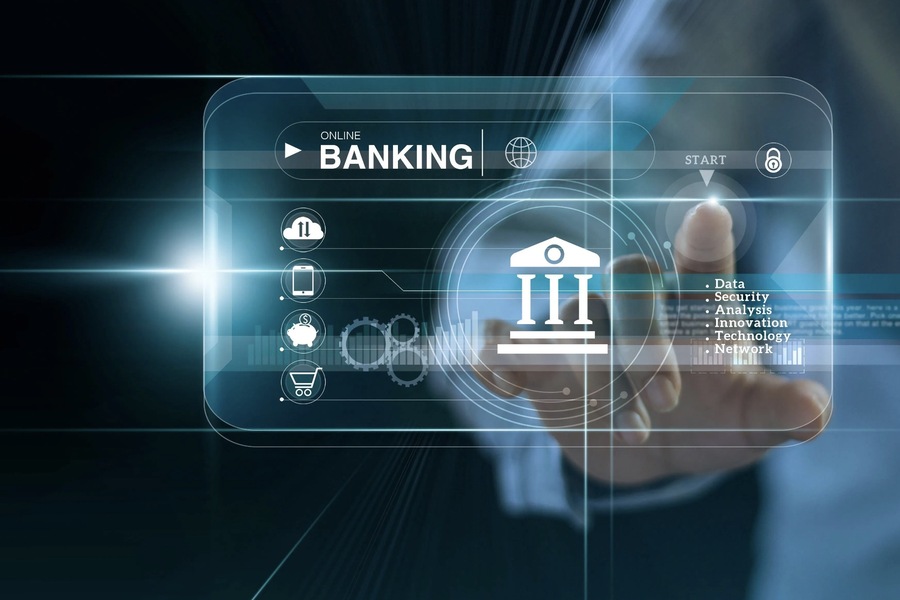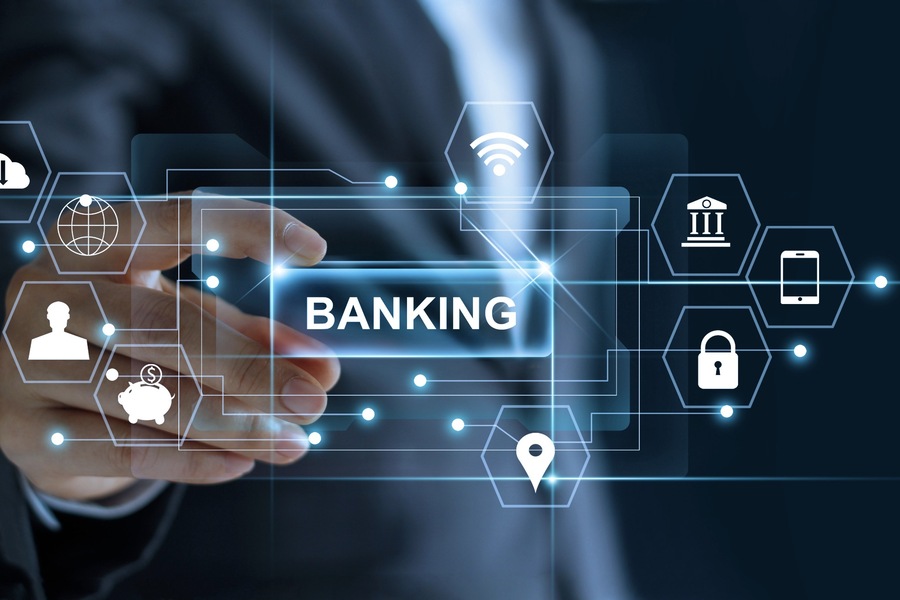The financial services industry is undergoing a seismic shift with the rise of digital banking, which has redefined how people interact with their money. By leveraging technology to deliver seamless, secure, and efficient services, digital banks like Liv Bank are outpacing traditional banks in terms of customer experience, operational efficiency, and accessibility. A digital bank is more than just a bank without branches; it is a comprehensive financial platform designed to meet the needs of a digitally-savvy audience.
This article delves deep into the defining features, benefits, security measures, innovative services, and global examples of digital banking to illustrate its growing importance and transformational impact on the global economy.
What is a Digital Bank?
A digital bank is a financial institution that operates without physical branches, providing all its services via electronic platforms such as mobile applications and web-based interfaces. These banks are built on advanced IT infrastructure and rely on technology to deliver a superior banking experience, streamline processes, and reduce costs. By adopting an entirely branchless model, digital banks cater to the demands of modern consumers who value convenience, speed, and accessibility.

Core Features of Digital Banks
The success of digital banks lies in their ability to provide a range of essential and value-added services efficiently. Here are the key features that define a digital bank:
- Branchless Banking
Digital banks eliminate the need for physical branches by providing all services remotely. Customers can perform tasks such as account opening, fund transfers, loan applications, and bill payments without ever visiting a branch. - Seamless Online Interaction
With user-friendly platforms, customers can access their accounts, check balances, view transaction histories, and make payments anytime, anywhere. This convenience is especially beneficial for individuals and businesses with busy schedules. - Effortless Customer Onboarding
Account creation with digital banks is remarkably quick and simple. By automating the onboarding process, some digital banks allow users to complete the process in as few as 35 clicks. - High-Quality Mobile Applications
A cornerstone of digital banking, mobile applications are designed to provide an intuitive, feature-rich experience. These apps allow users to transfer money, pay bills, monitor their financial health, and even access budgeting tools. - Competitive Financial Products
Digital banks offer favorable terms for loans, deposits, and other financial products. By minimizing operational costs, these banks pass on the savings to their customers in the form of lower fees and better interest rates. - 24/7 Customer Support
Round-the-clock customer service ensures that users can resolve issues and receive assistance whenever they need it. Many digital banks offer live chat, email support, and AI-driven chatbots for instant responses.
Benefits of Digital Banking
The advantages of digital banking extend beyond mere convenience. Here are some of the transformative benefits that have fueled its rapid adoption:
- Unparalleled Accessibility
Digital banks operate 24/7, allowing customers to access financial services from anywhere in the world. This round-the-clock availability is particularly beneficial for international travelers and businesses with global operations. - Time Savings
Customers can perform all banking operations from the comfort of their homes or offices, eliminating the need to visit a branch. This efficiency is especially valuable in today’s fast-paced world. - Cost Efficiency
By eliminating physical branches, digital banks significantly reduce their operational costs. These savings are often passed on to customers in the form of lower fees and more competitive interest rates. - Personalized Services
Digital banks leverage data analytics to understand customer behavior and preferences. This enables them to offer tailored financial products, advice, and promotional offers. - Enhanced Transparency
Real-time account updates and transaction histories provide customers with greater control and clarity over their finances. - Reduced Fees
The lower overhead costs associated with digital banking allow these institutions to offer reduced fees for various services, making them a cost-effective alternative to traditional banks.
Advanced Security Measures in Digital Banking
Security is a critical component of digital banking. To ensure the safety of customer data and transactions, digital banks employ multiple layers of protection:
- Data Encryption
Sensitive information is encrypted during storage and transmission to prevent unauthorized access. - Strong Authentication
Two-factor authentication (2FA) and biometric verification, such as fingerprint or facial recognition, add an extra layer of security. - Fraud Detection Systems
Advanced algorithms monitor transactions for suspicious activity, enabling banks to respond swiftly to potential threats. - Malware and Phishing Protection
Antivirus software, anti-phishing tools, and secure browsing protocols protect users from cyber threats. - Secure Data Centers
Digital banks operate secure data centers equipped with biometric authentication, surveillance systems, and access controls. - Employee Training
Staff undergo extensive training to recognize and mitigate security threats, including phishing and social engineering attacks. - Regular Security Audits
Frequent testing and audits identify vulnerabilities and ensure compliance with regulatory standards. - DDoS Protection
To prevent service disruptions, digital banks implement robust mechanisms to counter denial-of-service (DDoS) attacks.
Expanding the Scope of Banking Services
Digital banks are not limited to traditional banking services; they also offer innovative solutions that enhance the overall customer experience:
- Personal Finance Management Tools
These tools help users track spending, set budgets, and achieve savings goals through visual dashboards and analytics. - Gamification
Incorporating gamified elements, such as rewards for achieving financial milestones, makes banking more engaging and interactive. - Predictive Analytics
By analyzing customer behavior, digital banks offer predictive insights and recommendations for better financial decision-making. - Location-Based Offers
Personalized promotions based on the user’s location add value to the digital banking experience. - Unified Customer Journeys
Whether using a mobile app, website, or other channels, customers enjoy a consistent and seamless experience. - Modern User Interface (UI) and Experience (UX)
Sleek, intuitive designs ensure that even less tech-savvy users can navigate digital banking platforms with ease.

Liv Bank: A Pioneering Digital Bank in the UAE
The UAE has positioned itself as a leader in digital banking with the introduction of Liv Bank, the first fully digital bank in the region. Liv Bank combines advanced technology with customer-centric features to deliver a unique banking experience. Offering 24/7 access, intuitive financial tools, and personalized services, Liv Bank empowers its users to manage their finances efficiently and autonomously.
Key features of Liv Bank include
Smart Spending Controls: Tools that help users track and manage their expenses in real time.
Innovative App Features: A comprehensive mobile application designed for simplicity and effectiveness.
Customer-Centric Services: Tailored financial products and advice that cater to individual needs.
The Future of Digital Banking
Digital banking is not merely a trend; it is the future of financial services. With continued advancements in technology, digital banks will expand their capabilities, offering more innovative solutions and redefining the banking experience for customers worldwide. Emerging technologies such as artificial intelligence, blockchain, and IoT are expected to play a pivotal role in shaping this evolution.
As digital banks continue to innovate, they will contribute to a more inclusive financial ecosystem, breaking down barriers and enabling people from all walks of life to access high-quality banking services.
Conclusion
Digital banking has emerged as a transformative force in the financial sector, offering unparalleled convenience, efficiency, and security. By harnessing the power of technology, digital banks are reshaping the banking experience, catering to the needs of a digitally-savvy generation while setting new standards for innovation and accessibility. With institutions like Liv Bank leading the way, the future of banking promises to be more dynamic, inclusive, and customer-focused than ever before. Whether you’re a tech enthusiast or a casual user, digital banking is poised to make managing finances easier and more effective for everyone.

